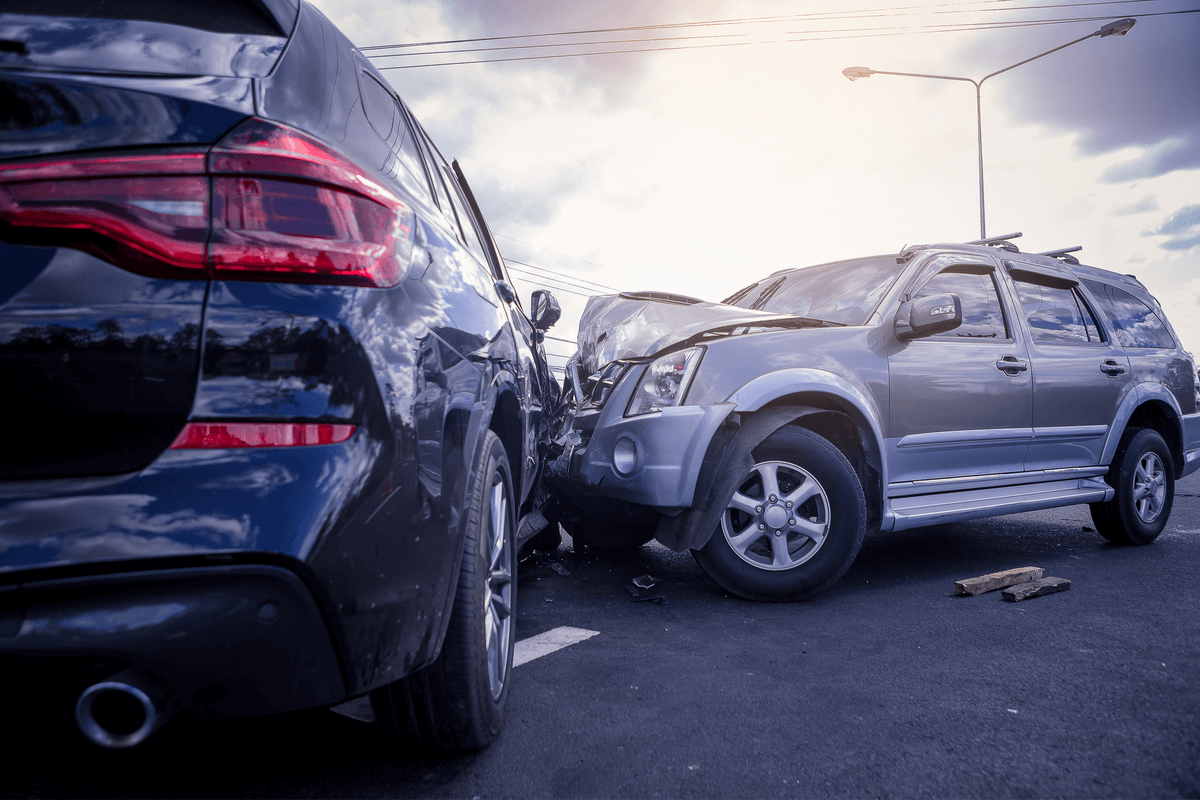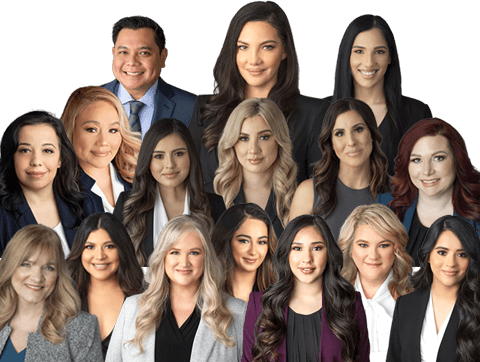GET A FREE CONSULTATION (702) 680-1111

Many people don’t think about liability when involved in a single vehicle accident. In a single vehicle accident, the driver may hit a stationary object, such as a fence or a tree. A driver may go off the road to avoid hitting another car that is driving erratically, or another hazard, causing considerable damage to their vehicle in the process. For many drivers, a single vehicle accident may be considered as a close call, with relief that there were no other vehicles involved. Although some single car accidents are caused by negligent or reckless driving, even if there is only one driver involved in the crash, it doesn’t necessarily mean that the driver is at fault.
Nevada is an at-fault state for car accidents, and other personal injury cases. This means that the party (or their insurance company) who is responsible for a single vehicle accident is also required to pay for damages. Nevada also has a comparative negligence law, meaning that if more than one party can be found at fault and responsible for a certain percentage of compensation to the victim. If you are involved in a single vehicle accident in Nevada and suffer significant injuries or property damage and it was not your fault, it is essential to prove it in order to be compensated for damages.
Can I Make an Insurance Claim if I’m At Fault for a Single-Vehicle Accident?
A driver in a single vehicle accident may be able to make an insurance claim, based on the kind of coverage in the driver’s policy. If the policy has collision coverage, it will pay for the repairs to the vehicle. Personal injury protection can cover the cost of medical expenses and lost income. However, there is a possibility that the driver’s car insurance premium will rise after making a claim.
The driver’s regular health insurance policy can also cover the costs of medical treatment, but won’t extend to non-economic losses such as pain and suffering.
What if I am Not At Fault in a Single Vehicle Accident?
It is possible for a driver to be in a single vehicle accident and not be at fault. These are some examples of where other parties could be liable.
What Should I Do After a Single Vehicle Accident?
As with any vehicle accident, the driver should not leave the scene of the accident without making sure that no other people (or animals) have been injured, assessing any property damage, and in the case of other people’s property, finding the owner and informing them about what has happened. If the owner can’t be located immediately, the driver has to leave their name and address in a conspicuous place. This is not something to take lightly. Nevada law states that a driver must contact the police immediately after an accident that causes damage to another party’s property – even if the property is unattended. It also states that failure to make a report may result in the driver’s license being suspended for up to one year. The accident should also be reported to the driver’s insurance company.
If the driver feels sure that the accident was not their fault, they should start to gather evidence immediately. In the case of a single car accident where another vehicle is involved – for example, swerving off the road to avoid a car in the oncoming lane – the driver should record any details that can be remembered about the other vehicle and interview any witnesses at the scene.
Passengers in a car accident often find themselves in a unique position, especially when determining fault. It’s essential to be informed about tips for passengers in such situations. Insurance plays a pivotal role in these scenarios. Familiarizing oneself with insurance categories and specific regulations, such as whether Nevada is a PIP insurance state, can be invaluable.
If the accident is due to bad road conditions, the driver should take photos of the scene and report it to the county or local government in charge of maintaining the road.
If the driver suspects a vehicle defect, the car should be towed to a qualified mechanic and assessed as soon as possible.
Should I Contact a Lawyer After a Single Vehicle Accident?
When involved in a single vehicle accident, you may have multiple issues to deal with. If you are seriously injured, and the accident was not your fault – or only partly your fault – you not only have your recovery to deal with, but also to prove that the fault is with another party. This can be very complex, especially if you are looking at product defects (in the case of a mechanical defect or faulty guardrail) or a road hazard caused by negligence on the part of the county or local government. A skilled car accident lawyer in Las Vegas and experienced legal team can navigate the legal system on your behalf, prove that others are at fault for the single vehicle accident and help you get the settlement you deserve. Don’t deal with the aftermath of a single vehicle accident alone. Contact us today for a consultation.

As founder of Gina Corena & Associates, she is dedicated to fighting for the rights of the people who suffer life-changing personal injuries in car, truck and motorcycle accidents as well as other types of personal injury. Gina feels fortunate to serve the Nevada community and hold wrongdoers accountable for their harm to her clients.